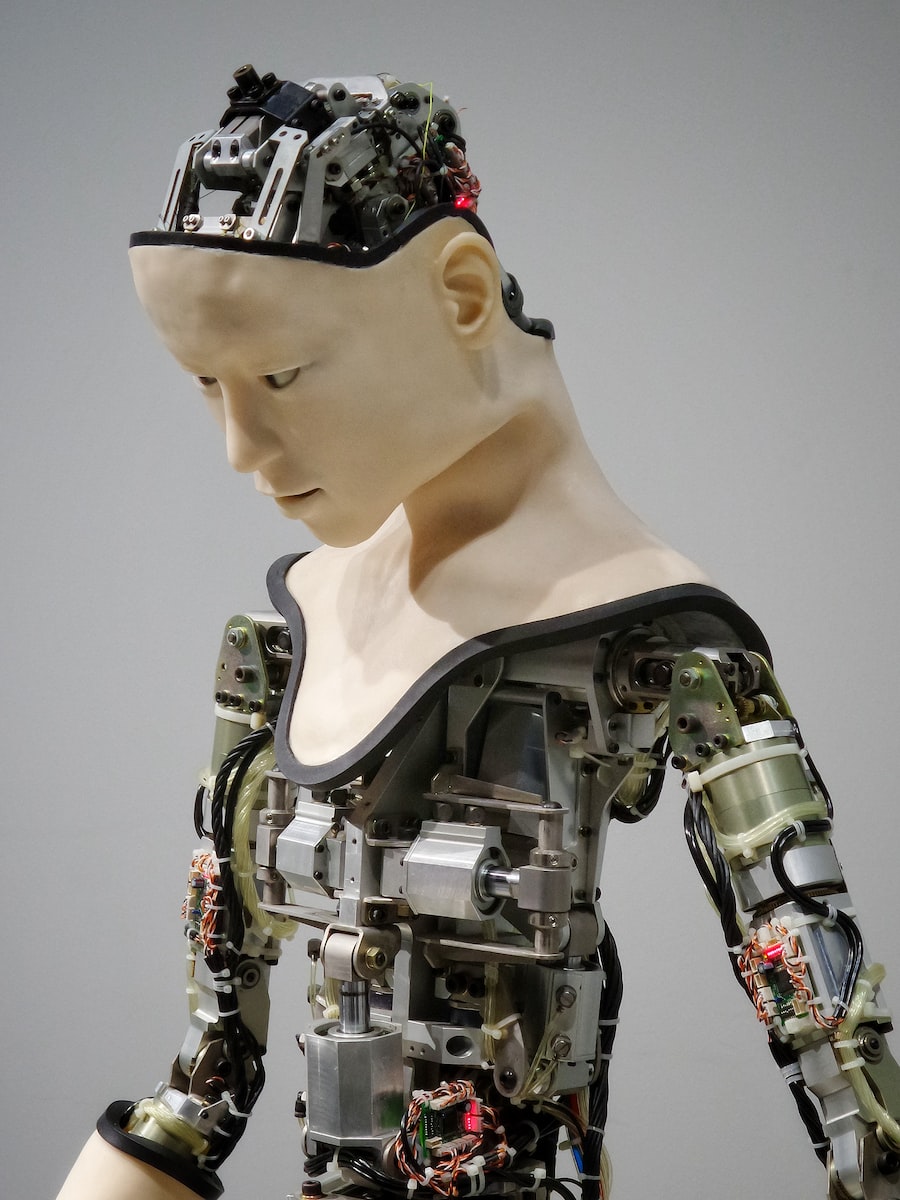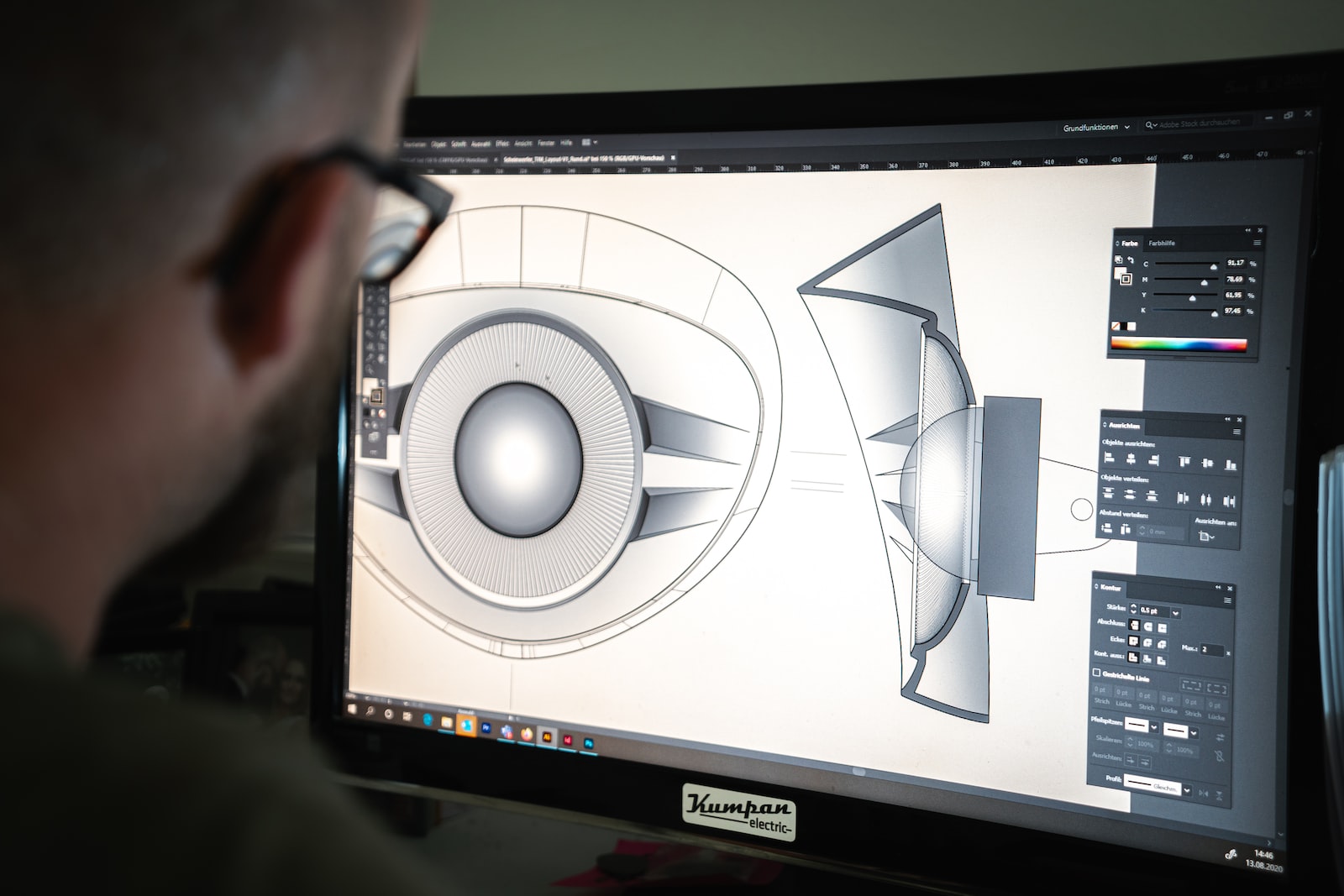
Every design material comes with unique opportunities and challenges. In the same way that designing an event poster is different from designing a mobile app, designing AI-driven applications is different from designing mobile apps.
Now that AI systems are beginning to show up in our day-to-day products, so do its challenges. Below, we introduce you to 9 challenges in designing user experiences of adaptive, intelligent, and semi-autonomous systems.
These challenges are discussed in more detail in the e-book user experiencedesign for machine learning I wrote and published in collaboration with Adyenand Awwwards and available for download here.
Making sense of the machine and communicating to the user why the system acts the way it does
Allowing the user to teach the machine with implicit and explicit feedback loops and collecting direct data input
Translating subjective human needs, values, and experiences into algorithmic parameters the model can optimize for
Another advantage of AI-generated logos is that they are highly customizable. A human logo maker can only create four or five mockups at a time, while an AI logo maker can come up with dozens of ideas at once. When a client is searching for a logo, they often pick out one or two designs and ask for revisions.
While free logos may be useful for small businesses, they rarely leave a lasting impression. Hiring a designer can cost hundreds of dollars, which can be quite expensive for a startup. Fortunately, there are now companies that offer unlimited design services. ManyPixels is a great example of a service that gives you access to designers for an affordable monthly subscription fee. These services can help you build a brand identity with a logo that you’ll love.
